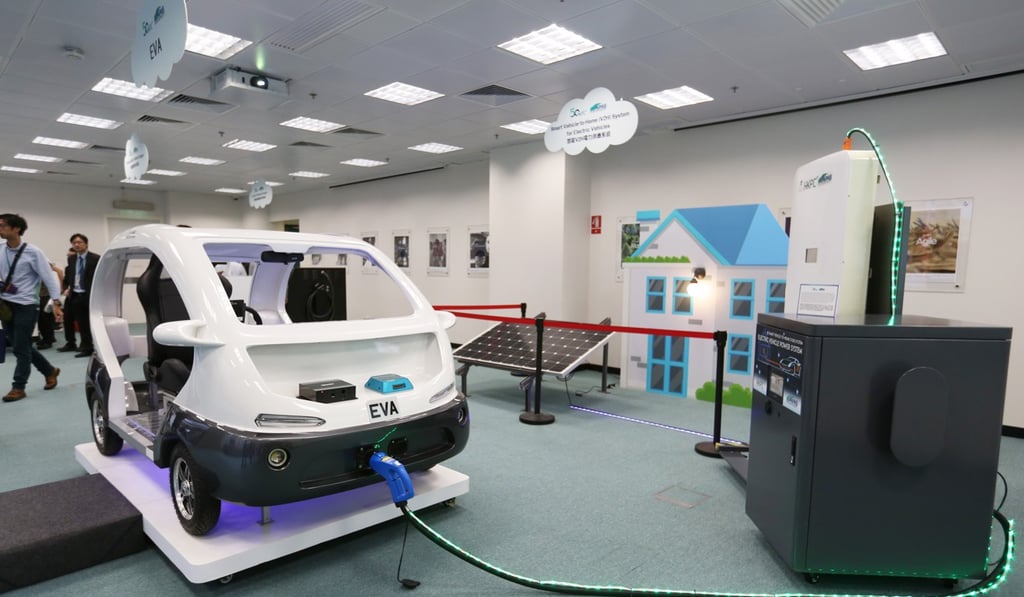Why Hong Kong should think twice about more electric vehicle recharging facilities
Paul Stapleton says e-vehicles are hardly environmentally friendly, given their large carbon footprint, and it would be better to expand our MTR network than build more free recharging stations

Two seemingly unrelated news stories have exposed a curious contradiction in the interest in and promotion of electric vehicles. The first was about Hong Kong’s rise to sixth place in the latest global competitiveness index. Notably, the city came first in the physical infrastructure subcategory, largely due to its world-class public transport network.
The second story came from Ombudsman Connie Lau Yin-hing, who revealed that the number of recharging facilities for electric vehicles has not kept pace with the growth in electric vehicles, prompting her to investigate.
The statistics say it all. In the past six years or so, the number of private electric vehicles has soared from fewer than 100 to over 10,000. However, over roughly the same period, recharging facilities have less than doubled, to about 1,500.

The Ombudsman’s conclusion is that Hong Kong needs more recharging facilities to keep up with demand. On the surface, such a conclusion appears fair enough. Electric vehicles do not contribute to roadside pollution, and therefore deserve government’s support.
Are China’s bike-sharing service oversharing?
Digging a little deeper, however, vexing questions emerge. The first is how clean these vehicles really are. Since well over half of them in Hong Kong are luxury vehicles, let’s use this type as the standard measure.